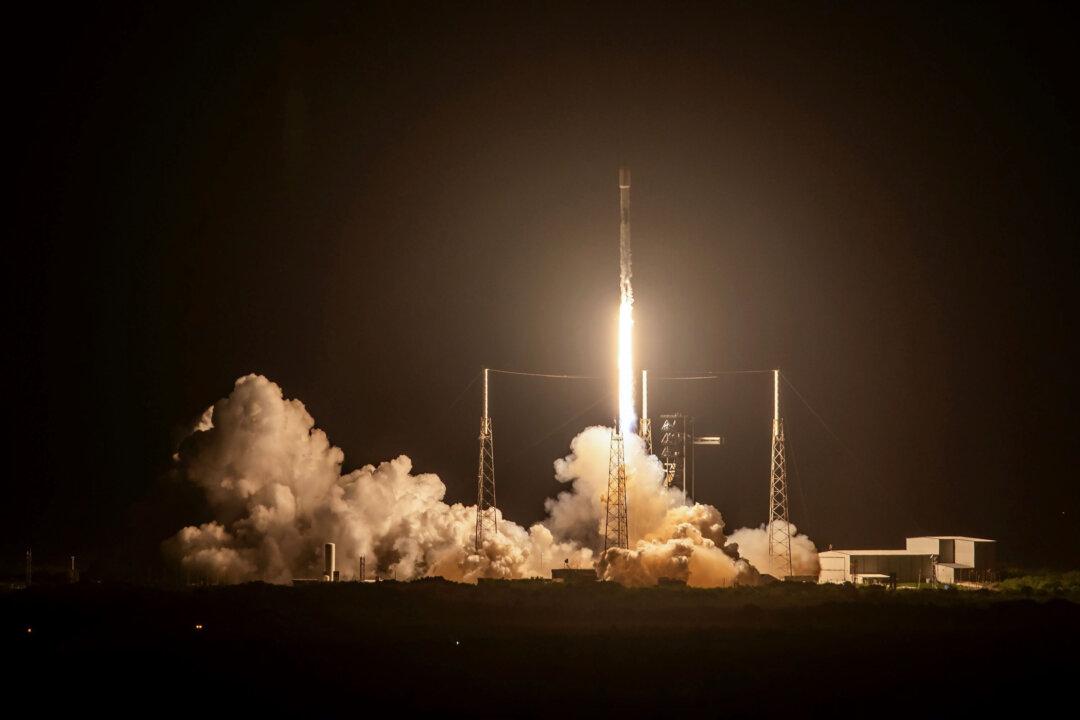The COVID-19 virus had an “unnatural” origin, with a high probability that it came from China’s Wuhan Institute of Virology (WIV), a recent study concluded.
The peer-reviewed study, published in the journal Risk Analysis on March 15, used a risk analysis tool to determine the origin of the COVID-19 virus. The analysis found a 68 percent likelihood of an “unnatural than natural origin of SARS-CoV-2.” Although the study did not definitely prove the origin of the COVID-19 virus, its authors stressed that “the possibility of a laboratory origin cannot be easily dismissed.”





